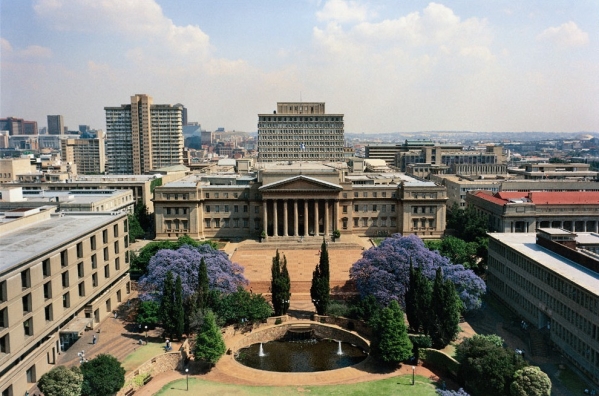https://www.wits.ac.za/
Description
Commonly known as “Wits”, the University of the Witwatersrand developed out of the South African School of Mines, set up in Kimberley in 1896. The institution moved to Johannesburg in 1904 and acquired full university status in 1922. From the start, it embraced a philosophy of non-discrimination on the basis of race, which led to intense conflict with the government - including police raids and the detention of both faculty and students - during the apartheid era.
Though located largely in the district of Braamfontein in central Johannesburg, a major expansion programme in the 1960s and 1970s saw the university establishing facilities in other areas of the city such as Hillbrow and Parktown. It also acquired two farms about 40 kilometres to the north-west, Sterkfontein and Swartkrans, which incorporate a celebrated set of limestone caves and have proved a rich source of archaeological remains.
Its location in Johannesburg means that Wits is close to the economic powerhouse of the whole African continent. It was one of the founders of the African Research Universities Alliance and has an active programme of collaborative projects right across Africa and beyond. Highly research-intensive, it has made a major contribution to applied areas such as healthcare and the challenges of deep-level mining but performs strongly in subatomic physics and other fields of fundamental science.
The most famous alumnus of the university is Nelson Mandela, who studied law there and went on to become President of South Africa and the 1993 Nobel laureate for peace. The novelist Nadine Gordimer (Nobel Prize for Literature, 1991) also attended for a year, while Aaron Klug (Nobel Prize for Chemistry, 1982) and Sydney Brenner (Nobel Prize for Medicine, 2002) both took their first degrees at Wits.
Specific details
Location
1 Jan Smuts Avenue, Braamfontein 2000, Johannesburg, South Africa




